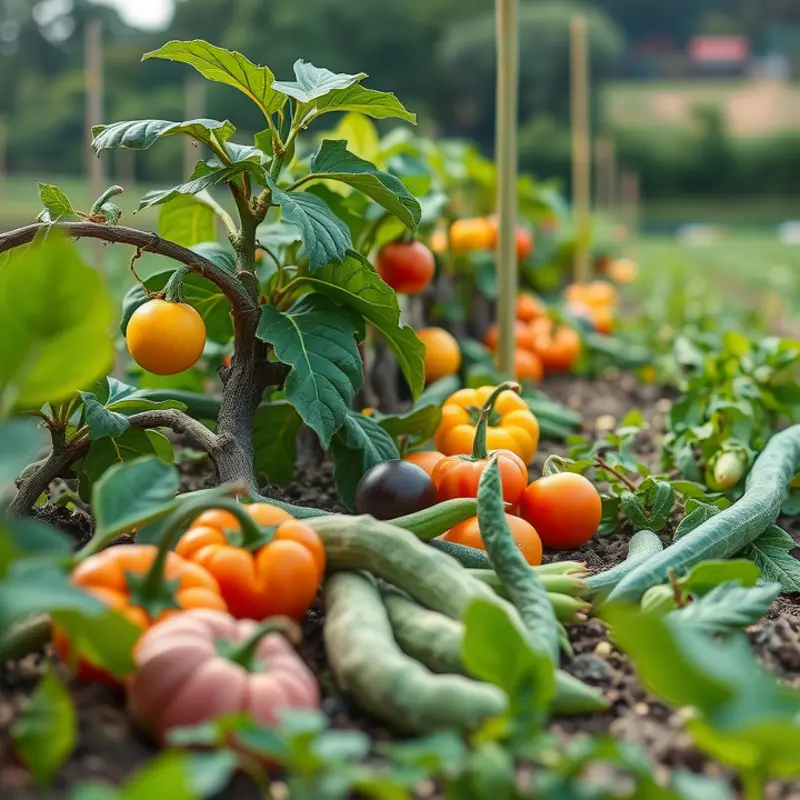Seasoning is the secret weapon of every great home cook. With the right techniques, you can transform even the simplest ingredients into a culinary masterpiece. Understanding how to properly season your dishes not only enhances flavor but also builds confidence in the kitchen. Let’s explore effective approaches to seasoning your meals, from essential spices to balancing flavors, making cooking an enjoyable experience for everyone.
The Basics of Seasoning: Salt and Beyond

Salt is the cornerstone of seasoning, deeply enhancing the flavor profile of dishes. As a powerful enhancer, salt accentuates natural flavors and balances bitterness and sweetness. Understanding its use is pivotal in mastering seasoning.
Salt Variants: Choosing Your Crystals
There are several types of salt, each offering unique characteristics. Table salt is finely ground and often iodized, making it suitable for baking where precision is essential. In contrast, kosher salt has larger crystals, which don’t dissolve as quickly, allowing for better control in seasoning during cooking. Opt for kosher salt when seasoning meat or preparing vegetables for roasting, as it adheres well, ensures even coverage, and imparts a clean taste.
Sea salt derives from evaporated seawater, retaining more minerals and offering a complex flavor. Use it as a finishing salt to sprinkle on salads or grilled dishes, elevating them with its subtle brininess. Experiment with flavored sea salts, like smoked or herb-infused varieties, to add an extra layer of taste.
Herbs and Spices: Beyond the Basics
While salt is essential, incorporating herbs and spices expands your seasoning repertoire. Fresh herbs add vibrancy, with options like basil and cilantro enhancing freshness in salads and salsas. Dried herbs, such as oregano and thyme, provide concentrated flavor, perfect for stews and sauces.
Spices, meanwhile, bring depth and warmth. Cumin and coriander are staples in many global cuisines, offering earthiness and citrus notes, respectively. Freshly grinding spices just before use unlocks their full aromatic potential.
See how you can boost flavors without relying solely on salt by exploring alternative flavor boosters.
Techniques for Balancing Flavors
Tasting and adjusting your dish is crucial in achieving a harmonious balance. Accustom yourself to tasting as you cook. Begin lightly with salt, adding gradually to avoid over-seasoning. Other components such as acidity and sweetness can also balance a dish—lemon juice or vinegar can brighten flavors, while a touch of honey can mellow excessive tartness.
In integrating herbs and spices, consider the overall flavor profile. If you’re aiming for a Mediterranean flavor, combine olive oil with garlic and rosemary. For a spicier undertone, cumin paired with chili can add heat and complexity.
Mastery in seasoning comes with mindful adjustments and understanding the interplay of various ingredients. By refining your skills with salt and experimenting with herbs and spices, you can transform any dish into a culinary delight, captivating taste buds with each bite.
Building Flavor Profiles: Layering and Balancing

Creating a complex flavor profile is akin to painting with a broad palette of colors. To master this art, it’s essential to understand the principles of layering and balancing. Layering involves adding seasonings at different stages of cooking, allowing each ingredient to infuse its unique essence into the dish. Balancing, on the other hand, is about blending those flavors in a harmonious way, ensuring that no single flavor overpowers the others.
A successful flavor profile often involves a medley of basic taste elements: acid, sweetness, bitterness, and umami. Each plays a crucial role. Acid can be introduced through ingredients like citrus juices or vinegars, brightening and lifting flavors. Sweetness softens sharp edges and can be added through natural sweeteners like honey or maple syrup. Bitterness, though powerful, provides depth and complexity when used sparingly. Finally, umami, the savory fifth taste, enriches the overall experience, often found in ingredients like mushrooms, tomatoes, and fermented foods.
Layering is best performed by incorporating different seasonings at strategic points during cooking. Begin by seasoning early in the process, adding aromatics like onions and garlic to hot oil. This allows their flavors to permeate the entire dish. As you continue cooking, consider adding herbs and spices that complement your main ingredients. For example, bay leaves or rosemary can be added to stews to infuse deep, earthy flavors.
During balancing, tasting as you go becomes critical. Start with small adjustments. If a dish feels too sour, introduce a touch of sweetness. For overly sweet dishes, a splash of vinegar can restore balance. Imagine creating a dish where citrus or vinegar cuts through richness, highlighting and balancing flavors without overpowering them. Taste continuously and adjust accordingly, as this iterative process is the key to achieving flavor harmony.
Experimentation promotes growth in this culinary journey. Consider how different vinegars, such as balsamic or apple cider, influence the final taste of a dish. Each brings its unique character, subtly shifting the dish’s flavor profile. Similarly, explore varying sweeteners and their impact on foods, testing how brown sugar can deepen flavors or how agave syrup might lend a neutral sweetness.
Seasoning isn’t limited solely to taste—consider how certain ingredients can amplify aroma and visual appeal. Fresh herbs scattered before serving not only enhance aroma but also add a touch of color and freshness. When properly balanced, all these elements converge to create an unforgettable dining experience.
To further delve into flavor nuances without relying too much on sodium, check out these flavor boosters. Through understanding the art of layering and balancing flavors, you can transform simple ingredients into culinary masterpieces, each bite resonating with depth and sophistication.
Final words
Mastering the proper method of seasoning is crucial for any home cook aspiring to elevate their culinary skills. By starting with the right base, primarily salt, and expanding into a world of herbs, spices, and acids, you can create meals that are bursting with flavor. Remember to layer your seasonings and adjust as needed, trusting your palate to guide you. With practice and confidence, you’ll transform everyday dishes into memorable experiences, showcasing your growth as a home cook.







